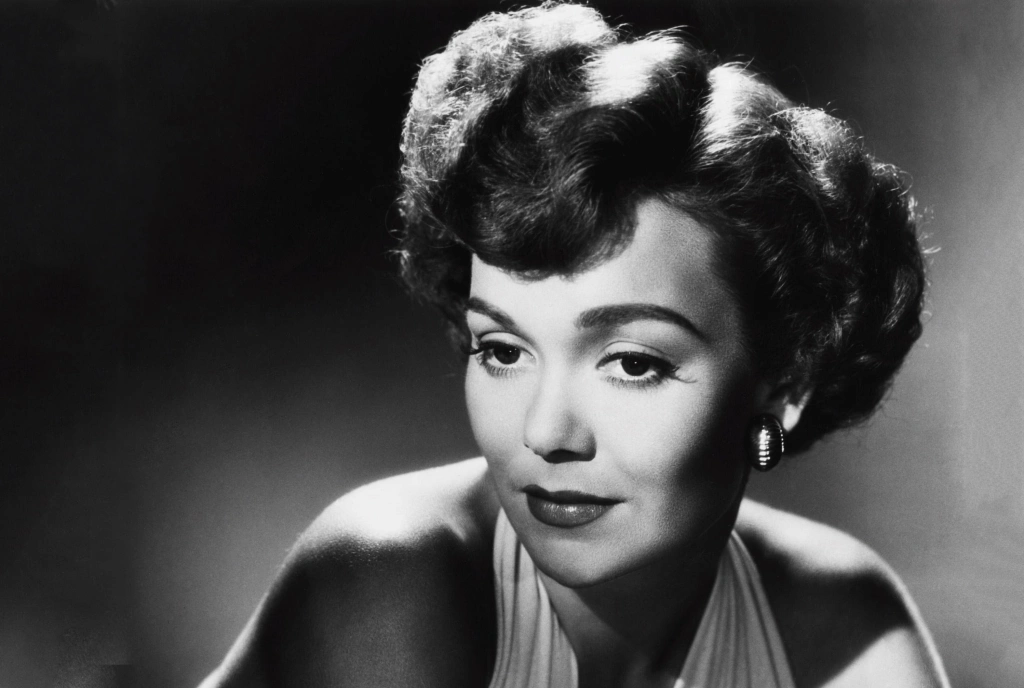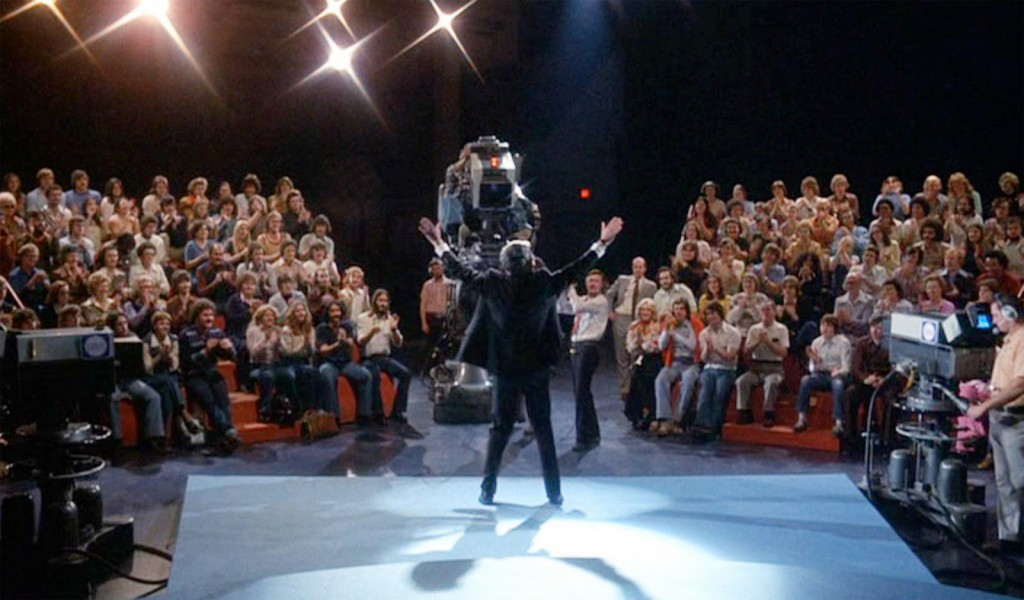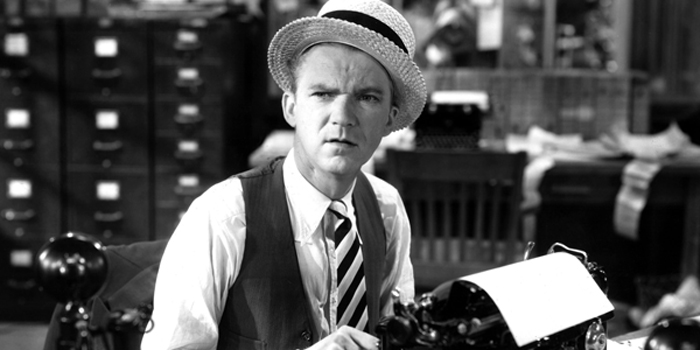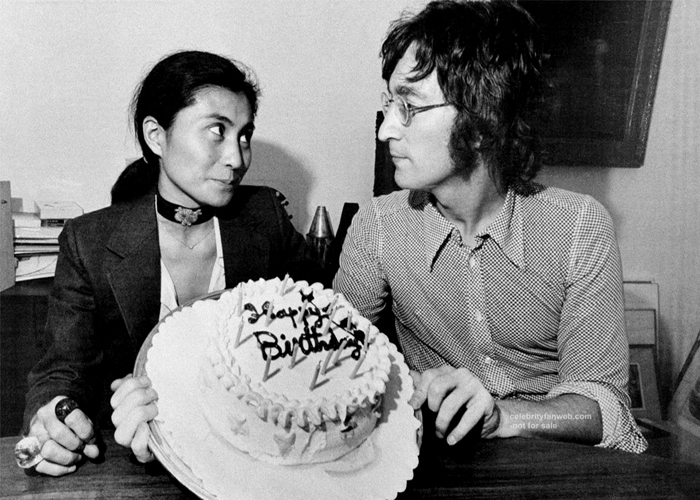Fun and informative article from the New York Times, back on August 7, 1938 that takes a look at Hollywood’s proclivity for ignoring the 35-45 age group in movies, and asks how many actors will be has-beens by age 38? Claudette Colbert? Clark Gable? To quote, “Under the present system [the actor] is, relatively, a short term investment, valuable only until his glamour fades, then relegated, if his is fortunate, to supporting roles to bits or extra work. “ Written by Frank Nugent (who would later find fame as the writer of such classics as Fort Apache, The Quiet Man and Mr. Roberts) it is a sharply written assessment of the state of the then-all-powerful Hollywood studio system and its obsession with youth.
Further proof that some things just never change.
Happy reading!
Urging Old Age Security
By Frank Nugent
The more sensible policy on vacation eve, would have been to resign this column to a No Sunday Article dealing with the encounter between Briar, our city-bred Airedale, and an anonymous but devastatingly accurate Westport skunk. We realized, though, that it might put the department in bad odor, so we had to turn to the age problem in Hollywood. The industry still appears unable to let its children grow old gracefully. At one extreme there is Helen Hayes, who is invited to play a grandmother role: at the other is Alive Faye, who joined “Alexander’s Ragtime Band” in 1911, left it in 1928 and managed to traverse twenty-seven years without gaining a pound, a gray hair or a wrinkle.
And there really isn’t much of a middle ground. Life in the movies begins at 21 or at 55; no producer seems terribly interested in the adventures of the 35 to 45 age group. In fact, none of our leading ladies would admit membership in it. The minute the player does, she becomes a “character” and is packed off to be Mrs. Judge Hardy for Lewis Stone or Mother Carey for Kate Douglas Wiggin. Or, of course, she might turn out to be Edna Mae Oliver, Alice Brady or Mary Boland. The life of the leading man may last awhile longer, William Powell still packs a romantic punch and so does Ronald Colman. But they have the advantage of charm and their appeal to women in the sub-35 age group. Actually, they haven’t begun to age.
We’ve often wondered what will happen to Shirley Temple when she grows up, but there’s more reason to puzzle over the future of Caorle Lombard, Claudette Colbert, Robert Taylor, Clark Gable, Marlene Dietrich, Fred MacMurray and Joan Crawford. Will their producers age them gently or fight off Father Time with makeup and soft lighting? How many of today’s stare will edge gradually into character roles, how many will be has-beens at 38? We wish the actuaries would look into the film records and determine the box office morality of stars. Better still, we wish the industry would give more thought to conservation of its natural resources.
There’s no reason, so far as we can see, for the screen’s disinterest in the lives of men and women past the 100-yard dash stage. We know a few , interesting people, with problems of their own, not simply those reflected by the romantic courses of stripling sons and daughters. In fact, some of them have no striplings to supply the reflected glory. They shine by themselves, but not on the screen. What’s wrong with middle age, anyway, that Hollywood continually stops short of it or goes hurtling beyond it into the grimly sentimental dramas of old folks at home?
Foreign producers have opened the field a bit. “Carnet de Bal” was the story of a woman, widowed after 21 years, who looked up all her former sweethearts and found how slightly and how greatly she had affected their lives. The heroine, obviously, was almost 40. Her ex-suitors were that or more. Yet it was one of the most interesting pictures of the year. England has just given us “South Riding” another story about grownups.
Hollywood’s refusal to meet maturity halfway has its amusing side. There was that clause in one actresses contract, which stipulated she was never asked to play a mother. (we forget now whether it was Mae West or Marion Davies). There is this furor on the coast over the casting of Scarlett in Gone With the Wind with Norma Shearer, Miriam Hopkins and dozens of others evincing no doubts whatever their fitness to portray a precocious minx whose age span in the novel was from 16 to 22. There is Miss Faye, as mentioned before, absorbing 27 years without a facial change and Kay Francis pretending to be the mother of four, Anita Louise included.
But if all this I amusing, it is pathetic and stupid too. Pathetic because it betrays the vanity of players, stupid because it so clearly dooms Hollywood to economic loss. Every actor in every studio is an investment—investment in publicity, in promotion, popularity. Under the present system he is, relatively, a short term investment, valuable only until his glamour fades, then relegated, if his is fortunate, to supporting roles to bit s or extra work. If, by natural and gradual process, he could be brought from the romantic role into the mature role, and if at the same time, this new story field were developed, his acting career might be prolonged indefinitely, at created profit to the studio and at greater security for the star. The huge salary peaks might be leveled off and (just pathetically) screen acting would be better.
It might even be possible, should such a policy be adopted, which we doubt, that Mr. Taylor might be discernable years hence in a Lionel Barrymore role: that Mr. Gable prove to be the Edward Arnold of his new day; that Shirley herself group to be Ruby Keeler, Eleanor Powell or Kate Smith. A delightful prospect meets the eye.
————-




Leave a comment